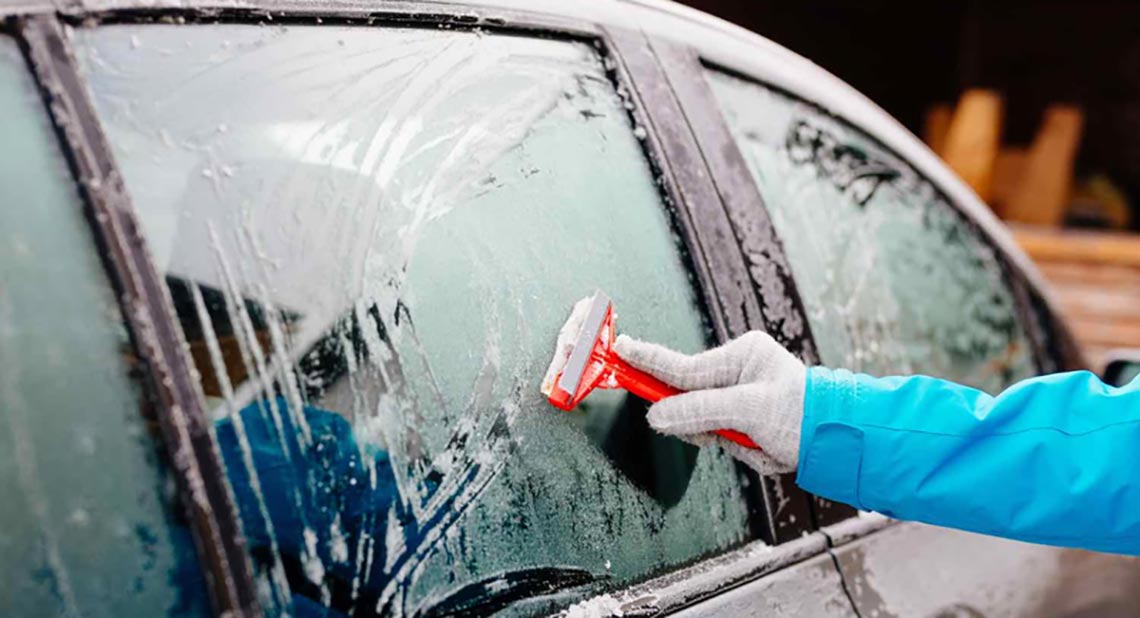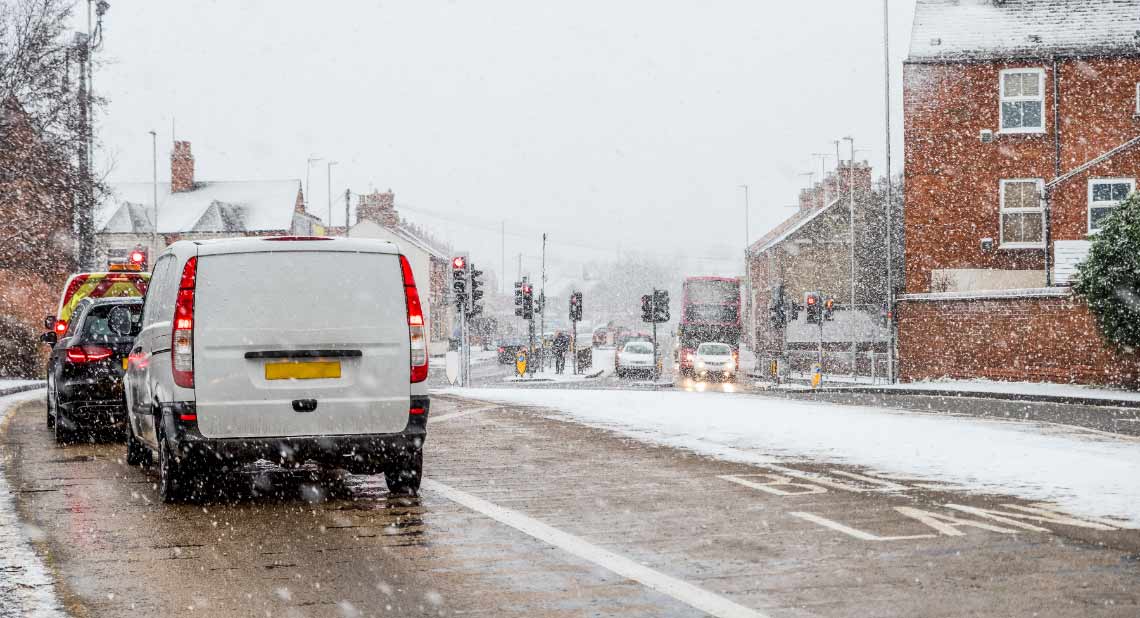With weather warnings issued by the Met Office and snow and ice forecasts around the UK, we thought you might find this article from Auto Express helpful!
Preparing to drive in snowy conditions begins before you even set off in the car. The first question you need to answer is whether or not the journey is necessary. If you feel it is, then plan your journey using main roads, preferably routes that will have been gritted, rather than untreated back roads. This is about advanced journey planning.
In snow and icy conditions, drive gently away from a standstill, using second gear if it’s a manual car. Avoid revving the engine hard at all times and drive in a higher gear than normal. Safe speed is the key element in such conditions.
Top 10 tips for driving in snow
Be prepared
Plan for the worst. Make sure you’ve got warm clothes, a rug, a torch, a snow shovel and maybe some food. Also wear decent driving shoes – driving in snow boots or wellies is a bad idea. The most important thing, however is getting some winter tyres fitted.
Fitting winter tyres to your Motability Scheme vehicle
Be smooth
Avoid sudden applications of the throttle, brakes and steering. If you’re struggling for traction, don’t accelerate excessively – spinning the wheels will only make things worse. Try using second gear to gain grip. In automatics, select winter mode and in manuals try to feel grip with the clutch.
Brake properly
When driving on snow covered slopes, keep the speed slow at the top of the hill. It’s easier to maintain a steady speed than slow down on the descent. Leave big braking distances – apply the brake pedal gently and avoid triggering the ABS. Older cars without ABS may stop sooner, thanks to the locked wheels causing a snowplough effect.

See and be seen
Leave an extra five minutes to warm your car up, and clear snow from all the windows. Ensure your screenwash isn’t frozen and your wipers are free of ice. And always drive with your headlights on.
Always plan ahead
Conditions may not be too bad when you set off, but check the road and weather reports for your journey. If you don’t have winter tyres, try to avoid routes that have steep inclines and stick to main roads, which are more likely to have been treated.

Know your car’s safety systems
If you’ve got ESP, the stability control element will help you in a slide. But traction control can sometimes kill power too much and make it hard to get moving in heavy snow. Most cars will allow you to turn off the traction element of the stability control. If you have an auto box, check whether you have a winter mode.
Don’t panic in a slide
If the front wheels start to push across the road, don’t crank on more lock. Straighten the steering for a moment to allow the tyres to regain grip and ease off the throttle. If the rear of the car starts to drift, steer into the slide – known as applying opposite lock. Always look where you want the car to go. Avoid standing on the brakes.
Anticipation
In snowy and icy conditions, it takes longer to stop and turn. So reduce your speed and leave lots of extra room to the car in front. Watch out for cars around you that may be sliding or losing control. Snow-covered signs and obscured kerbs mean you should pay extra attention to the road infrastructure.
Invest in a course
Nothing takes away the fear of driving in snow more than experiencing it in a controlled environment with expert tuition. Winter driving courses in the Arctic are not cheap, but great fun, and you’ll come away with a host of new skills. If you’re on a tighter budget, a skid control course is worth doing.
Getting stuck
If you get stuck in snow and abandon your car, try to move it as far off the road as possible so that you don’t block the way for drivers who are able to continue. If the car starts to slide back down an incline, crank the steering to full lock and apply the handbrake – this will lock the rear wheels, while the fronts will build a bank of snow like a plough, slowing your descent.
This article was written by Auto Express from Auto Express and was legally licensed through the NewsCred publisher network.
Read More Articles Like This:
Car stopping distances: everything you need to know
What are the latest car safety features?
What are dipped headlines and when should you use them?
![]()







